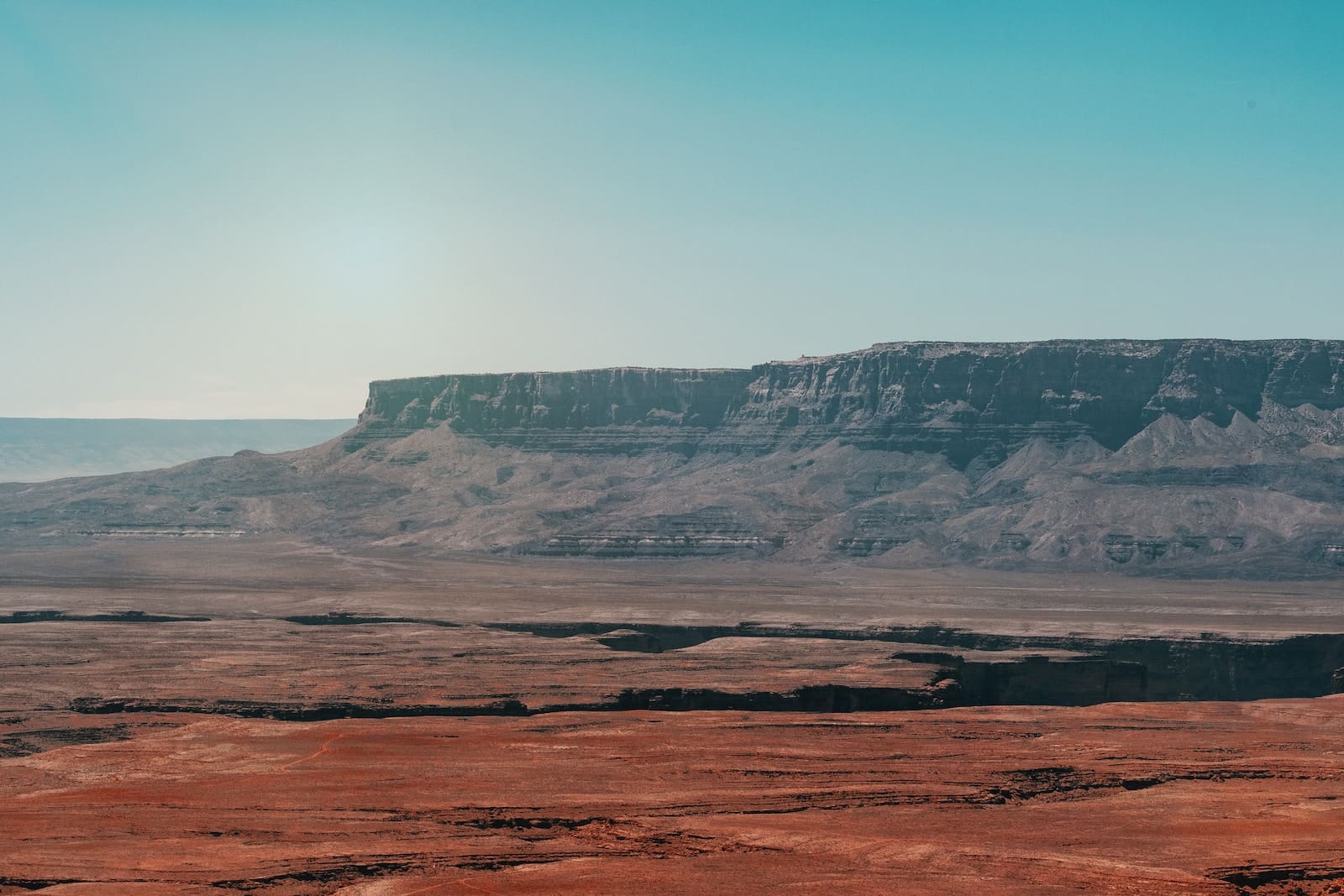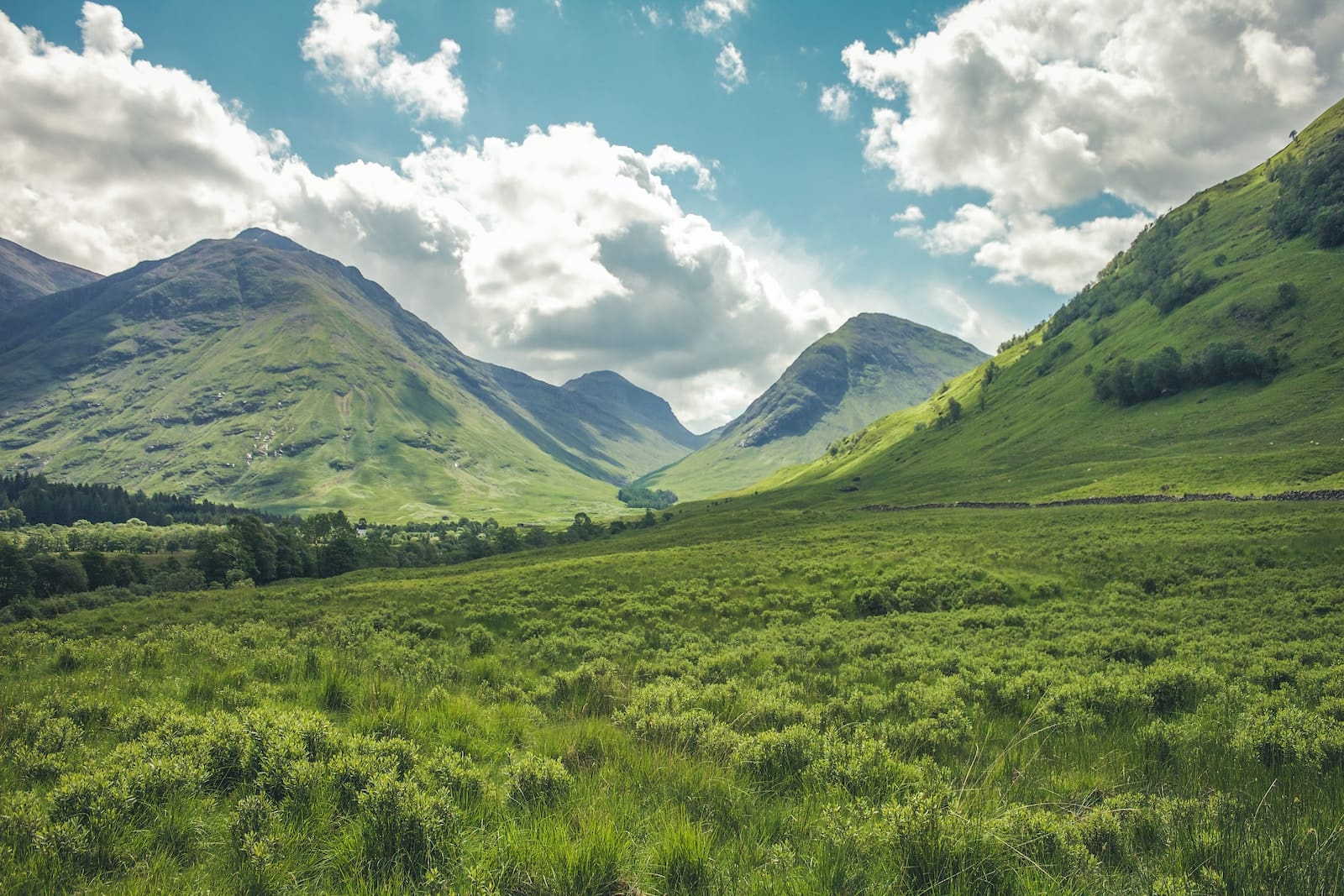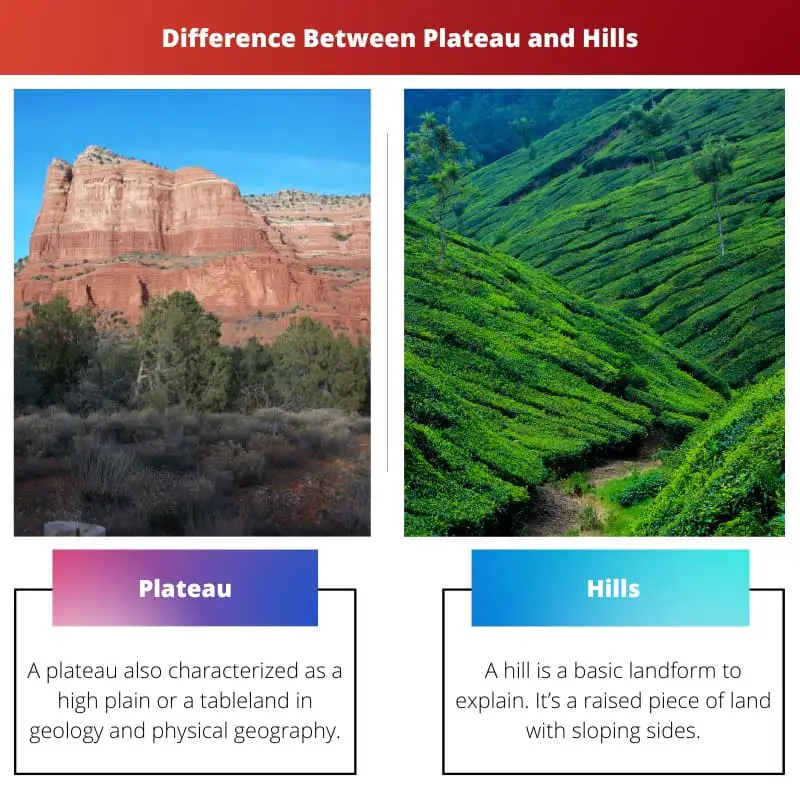Plateaus and hills are relief characteristics found on the earth’s surface. It implies that the earth is not a perfectly flat surface in all directions.
Most people understand what they mean when they talk about mountains, but they are less certain when describing a hill or a plateau since few people are familiar with these relief features.
Key Takeaways
- Plateaus are elevated landforms with flat or gently sloping surfaces, while hills are raised landforms with rounded or sloping tops.
- Plateaus are more extensive than hills and can cover thousands of square kilometers.
- Hills are formed by various geological processes, such as erosion and tectonic activity, while plateaus can be formed by volcanic activity, erosion, or tectonic uplift.
Plateau vs Hills
Plateaus are larger than hills and can cover hundreds or thousands of square miles, while hills are smaller and can be as small as a few feet tall. Plateaus are formed by tectonic activity or volcanic eruptions, while hills are formed by erosion or the movement of glaciers.

A plateau also characterized as a high plain or a tableland in geology and physical geography, it is a section of a highland comprising of flat terrain that is elevated abruptly just above the surrounding region on at least a portion.
Plateaus are formed by several mechanisms, including the upwelling of volcanic magma, lava extrusion, and river and glacier erosion.
A hill is a basic landform to explain. It’s a raised piece of land with sloping sides. Hills exist in a variety of shapes and sizes, ranging from modest and flat to tall and rolling.
They also come in a variety of shapes and sizes, such as lush and green prairie hills. Some hills, such as the barren hills of a desert, do not appear to be very attractive to the human eye.
Comparison Table
| Parameters of Comparison | Plateau | Hills |
|---|---|---|
| Definition | It is an elevated flat land with surrounding plains | An elevated landform |
| Shape | Like a large table | Cone-shaped |
| Slope | Inclined slope | Steep slope |
| Height | Shorter | Taller |
| Examples | Deccan plateau, Tibet plateau, etc. | Shivalik hills, Cardamom Hills, Nilgiri hills, etc. |
What is Plateau?
A plateau is a type of highland that is defined as a portion of land that is suddenly elevated above the surrounding plain. A plateau, despite being higher than the surrounding area, lacks peaks since it is made up entirely of flat land.
Intermontane plateaus are flat landforms near mountains that are also the world’s highest plateaus, such as the Tibetan plateau.
Piedmont plateaus are plateaus with mountains on one side and plains or the sea on the other. A continental plateau is defined by the presence of plains on all sides of the plateau.
On at least one side, a plateau is a flat, high landform that rises significantly above the surrounding terrain. Plateaus cover a third of the Earth’s surface and can be found on every continent.
Along with mountains, plains, and hills, they are one of the four primary landforms.
Dissected plateaus and volcanic plateaus are the two types of plateaus. The upward migration of the Earth’s crust results in the formation of a dissected plateau.
The steady clash of tectonic plates causes the uplift. For more than 10 million years, the Colorado Plateau in western America has been rising at a rate of about.03 centimeters (.01 inch) every year.
Plateau, is a large expanse of flat upland surrounded by an escarpment (a steep slope), but sometimes encircled by mountains. Low relative relief and some heights are the two most important characteristics of plateaus.
Although plateaus are higher in elevation than the surrounding terrain, they are far more level than mountain ranges. The Altiplano in southern Peru and western Bolivia, for example, is an important element of mountain belts.
Others, like the Colorado Plateau, were formed through processes that were significantly distinct from those that formed neighboring mountain ranges.
Some plateaus are located far from mountain ranges, such as the Deccan plateau in central India. The varied geologic processes that generated plateaus can be attributed to their variances.

What are Hills?
A hill is a landform that rises above the surrounding ground but is not as high as a mountain. A hill is a much lower-elevation upland than a mountain.
It is not normally as steep as a mountain. A hill’s surface is far more stable than that of a dune.
These are formations that rise above the surrounding plain, but not to the point where they may be classified as mountains. The slopes of a hill are softer than those of a mountain, and it is also not as high.
The distinction between a mountain and a hill is a bit arbitrary and subjective. Although a hill is commonly thought to be shorter and less steep than a mountain.
High mountains in Scotland are referred to as hills, and in the United States, there are hills in Oklahoma that are as tall as mountain peaks in other regions of the world.
In other places of the world, like Wales, the distinction is made based on how the land is used rather than how it looks.
A hill is smoother and lower than a mountain, but a hillock is a small hill. The rounded summits of the hills indicate that weathering has eroded the rocks.
A hill is a landform that rises above the rest of the landscape. It frequently has a distinct peak.
Many communities were built on hills to prevent flooding (especially if they were near a large body of water), for defense (since they provide a good perspective of the surrounding terrain and force would-be invaders to fight uphill), or to avoid thickly forested areas.
Ancient Rome, for example, was built on seven hills to help protect it from invasions.
Some communities, notably in the Middle East, are built atop artificial hills made of accumulated waste (especially mud bricks) over many centuries. A “tell” is a location like this.
Hill Landforms can be created in a variety of ways. The melting and moving of glaciers were one of the methods. The hills were formed as the glaciers melted and changed, causing the ground to be dug up.
Another option is to use water currents. Hills might be left when the water runs out. Erosion and deposition are other typical mechanisms for them to form.

Main Differences Between Plateau and Hills
- Plateau is an elevated flat region with surrounding plains. While hills are raised landforms.
- The plateau is designed like a huge table, while the hills are arched like cones.
- Plateaus have inclined slopes (the top of a flat stretch of land) whereas Hills have steep slopes (with a pointy summit).
- Plateaus are lower in elevation when compared to hills.
- Some well-known plateaus are the Deccan plateau, Tibet plateau, while some of the well-known hills are Shivalik Hills, Cardamom Hills, and Nilgiri Hills, among others.

- https://www.sciencedirect.com/science/article/pii/S0016787862800194
- https://link.springer.com/article/10.1007/s11269-014-0644-9
